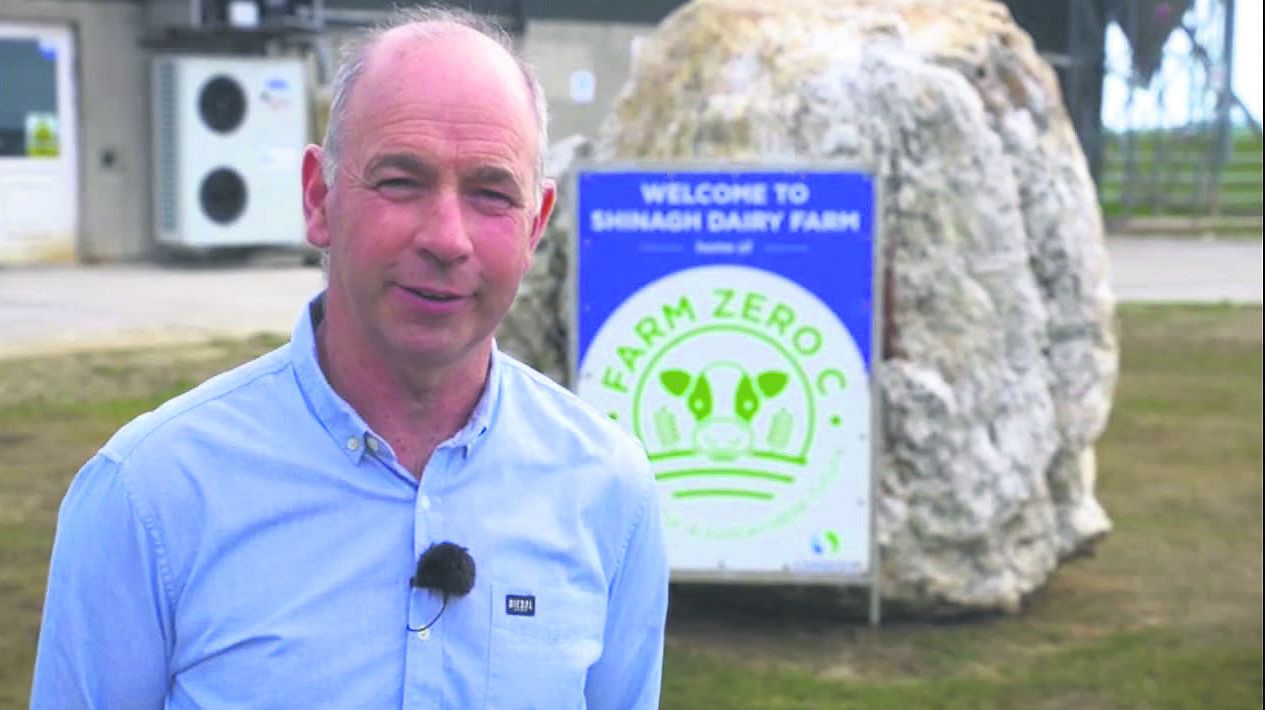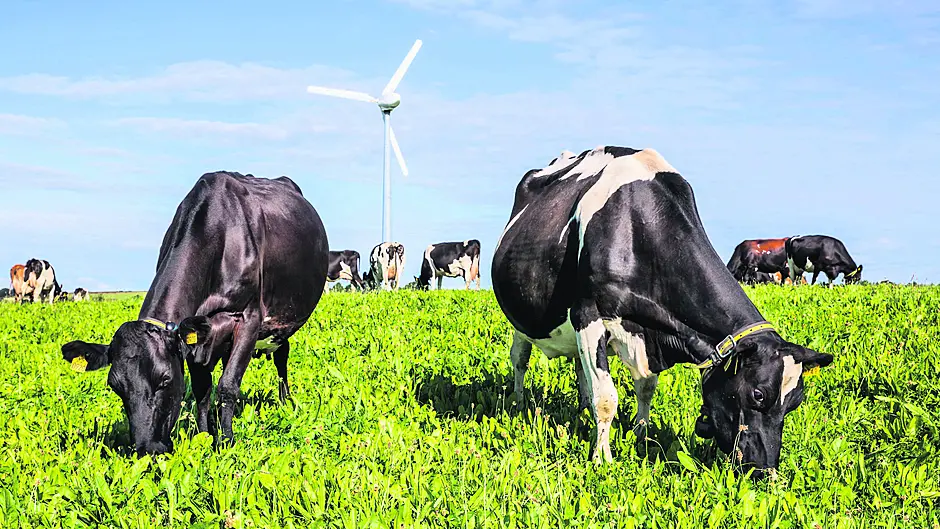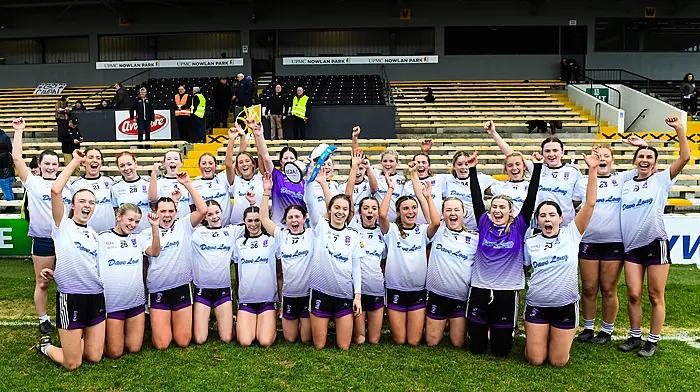The issue of live exports is back in the headlines in recent weeks putting animal welfare back on the agenda. But a scheme involving West Cork’s co-ops could be one of the steps to change
IT has been an exhausting few weeks for farmers and for the entire Irish agriculture industry.
The issue of nitrate derogations has been taxing farmers and the protests by farmers in Bandon last Thursday show the depth of feeling on that issue.
At such a time, the RTÉ exposé on animal welfare probably couldn’t have come at a worse time for the industry.
But it would be wrong to suggest the industry is standing still. Indeed, West Cork is leading the way in forging a future path for the industry.
An innovative scheme is using dairy-beef genetics, combining dairy cows with beef bulls, using sustainable methods, and putting science to use to try build an alternative system that in the long term would significantly reduce the live export trade entirely.
The Tipperary Calf to Beef Demonstration Farm – trading as Ballyvadin Beef Farm – was established as a 50-50 enterprise between Dawn Meats and Shinagh Estates, with Teagasc providing advice on technology.
Shinagh Estates is owned by the four West Cork Coops (Barryroe, Bandon, Lisavaird, and Drinagh).
It is combining technology and best practice to try build a sustainable production of beef calves from the dairy herd, Shinagh Estates chairman Donal Santry told The Southern Star. ‘Live exports aren’t going to last forever,’ says Mr Santry. ‘The aim is to breed sustainably and to produce a productive calf for beef. What is happening in Ballyvaddin is leading the world on this.’
Representatives of the four West Cork Co-ops were given an update on the work at the 112ha farm at Ballyvaddin and the progress of the animals last week, and were hugely impressed.
Some 600 animals are currently resident at Ballyvaddin. The first 300 bull calves from the dairy to beef demonstration will be sold for slaughter in January, when they have reached 18 months of age.
The four key pillars of the scheme mean:
• Using protected urea instead of CAN (this is more cost effective and means less ammonia)
• Introducing clover into swards – grass-clover swards receiving 150 kg N/ha have similar or greater herbage production than grass-only swards receiving 250 kg N/ha.
• Low emission spreading of slurry – again reducing ammonia and nitrogen emissions
• Using lower protein rations – less protein is needed if the animals can get the protein from better quality grass. This in turn means less need for imported high-protein soya-based rations.
‘When we meet farmers we always try to press home this to them,’ says Mr Santry. ‘Even taking on two of these can make such a difference.
 Donal Santry believes what’s being done at Ballyvaddin will change the industry.
Donal Santry believes what’s being done at Ballyvaddin will change the industry.
‘A lot of time farmers are sceptical of things because they haven’t been done before or they are only new. Like the sexed semen. That only came in about two years ago. But it’s been proven to work.’
It’s early days, but the results so far from Ballyvaddin have been very encouraging, both for Dawn Meats and the four Cork co-ops.
Four farms from West Cork are contracted for next year’s programme to provide 300 calves for Ballyvaddin.
Mr Santry hailed the vision and commitment of the co-ops to the project, which he says could signal a seachange in Irish farming.
So is the work that is being done at Ballyvaddin something farmers across West Cork can replicate – and, critically, can it be sustainable financially?
‘It has to,’ says Mr Santry, who is himself a dairy farmer from Lisavaird. ‘We can’t stay as we are. It has to become viable.’
How does demonstration farm work?
The Tipperary Calf to Beef Demonstration Farm aims to purchase 300 calves annually, as sustainably as possible. Dairy cows with a low beef sub index are inseminated with high carcase weight beef bulls. These animals are carried to beef from 18 months of age – targeting slaughter before housing in the second winter. An average carcass weight of 270-280kg is targeted for heifers, 310-320kg average carcass weights are targeted for steers.
Along with maximising the number of animals marketed before the need to house arises in the second winter – maximising the quantity of beef produced from grazed grass – one of the farm’s primary aims is to demonstrate the role excellent dairy-beef genetics play in the performance of a calf to beef system.
Source dairy farmers had to use bulls selected by Teagasc, who were leading the scientific thinking behind the project. A minimum of three sire breeds, using sexed semen, are required (excluding Angus and Hereford). Calves met a minimum weight target of 30kg before being moved to the demonstration farm at two weeks of age. Calves must be free from signs of ill-health and have received an intranasal vaccine covering the pneumonia strain Pi3 five days before departure, said Teagasc farm technician Chloe Millar.
The 2023 calves at Ballyvaddin consisted of a mixture of Angus, Aubrac, Saler, Limousin, and Parthenaise calves. The use of such genetics, Ms Millar said, will hopefully point to alternative breed/breeds for use on dairy herds to improve the standard of beef animal produced.








